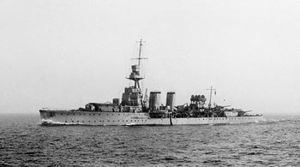Name HMS Curlew Construction started 21 August 1916 Length 140 m Commissioned 14 December 1917 | Laid down 21 August 1916 Beam 43 ft (13.1 m) Launched 5 July 1917 Draft 4.47 m | |
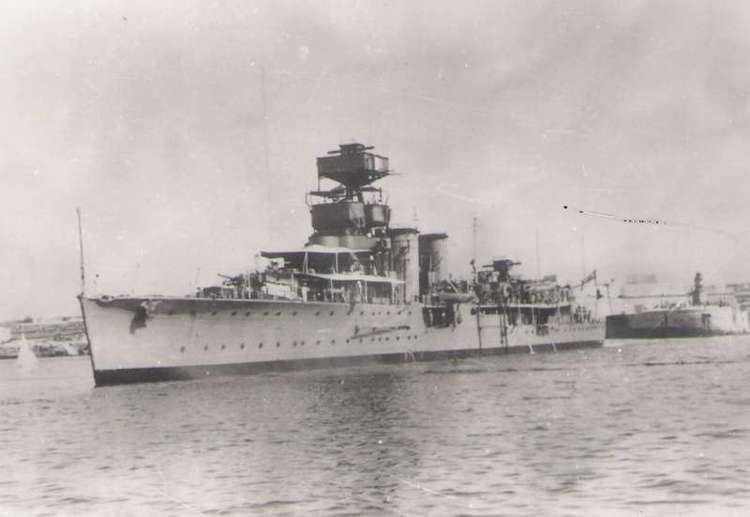 | ||
Fate Sunk by air attack, 26 May 1940 Builders Vickers Limited, Barrow-in-Furness | ||
HMS Curlew was a C-class light cruiser built for the Royal Navy during World War I. She was part of the Ceres sub-class of the C class. The ship survived World War I to be sunk by German aircraft during the Norwegian Campaign in 1940.
Contents
Design and description
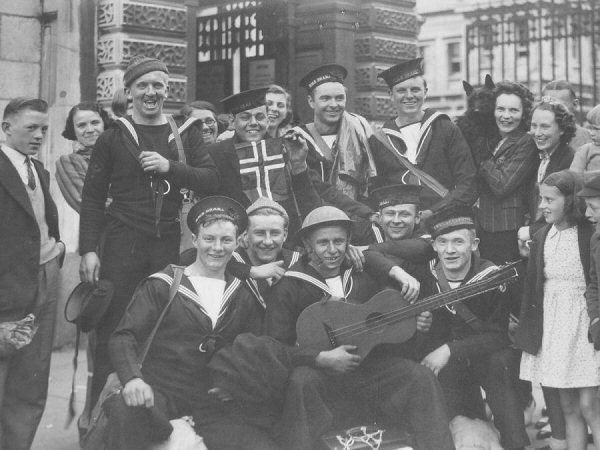
The Ceres sub-class was redesigned to move one of the amidships guns to a superfiring position in front of the bridge to improve its arcs of fire. This required moving the bridge and tripod mast further aft and rearranging the compartments forward of the aft boiler room. The ships were 450 feet 6 inches (137.3 m) long overall, with a beam of 43 feet (13.1 m) and a mean draught of 14 feet 8 inches (4.5 m). Displacement was 4,190 long tons (4,260 t) at normal and 5,020 long tons (5,100 t) at deep load. Curlew was powered by two Parsons steam turbines, each driving one propeller shaft, which produced a total of 40,000 indicated horsepower (30,000 kW). The turbines used steam generated by six Yarrow boilers which gave her a speed of about 29 knots (54 km/h; 33 mph). She carried 935 long tons (950 t) tons of fuel oil. The ship had a crew of about 460 officers and other ranks.
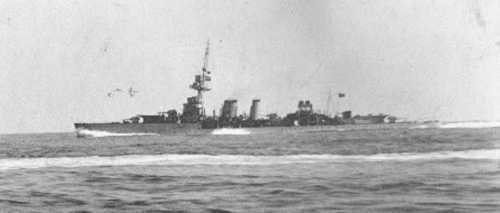
The armament of the Ceres sub-class was identical to that of the preceding Caledon sub-class and consisted of five BL 6-inch (152 mm) Mk XII guns that were mounted on the centreline. One superfiring pair of guns was forward of the bridge, one was aft of the two funnels and the last two were in the stern, with one gun superfiring over the rearmost gun. The two QF 3-inch (76 mm) 20-cwt anti-aircraft guns were positioned abreast of the fore funnel. The Ceress were equipped with eight 21 in (533 mm) torpedo tubes in four twin mounts, two on each broadside.
Construction and career
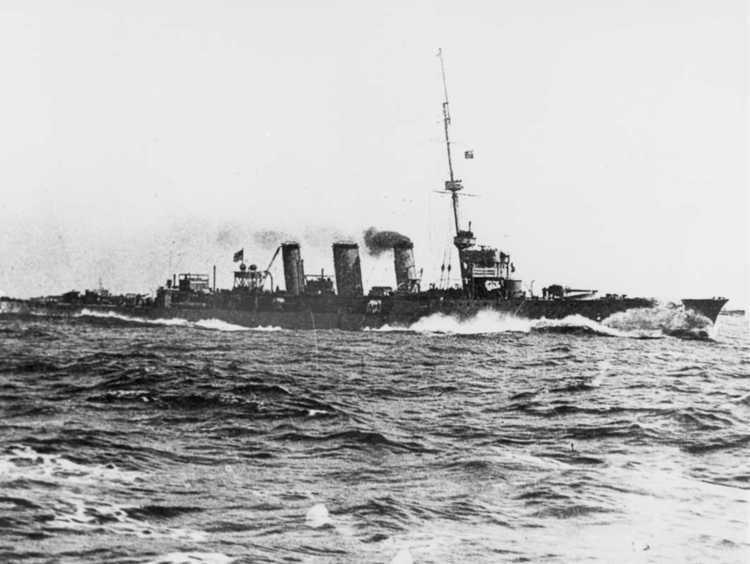
She was laid down by Vickers Limited on 21 August 1916, and launched on 5 July 1917, being commissioned into the navy on 14 December 1917. In common with most of her sisters Curlew was rearmed to become an anti-aircraft cruiser in 1935–36. On the outbreak of war she served with the Home Fleet. She participated in the Norwegian Campaign, and whilst operating off the Norwegian coast on 26 May 1940, she came under attack from German Ju-88 bombers of Kampfgeschwader 30 and was sunk in Lavangsfjord, Ofotfjord near Narvik.
